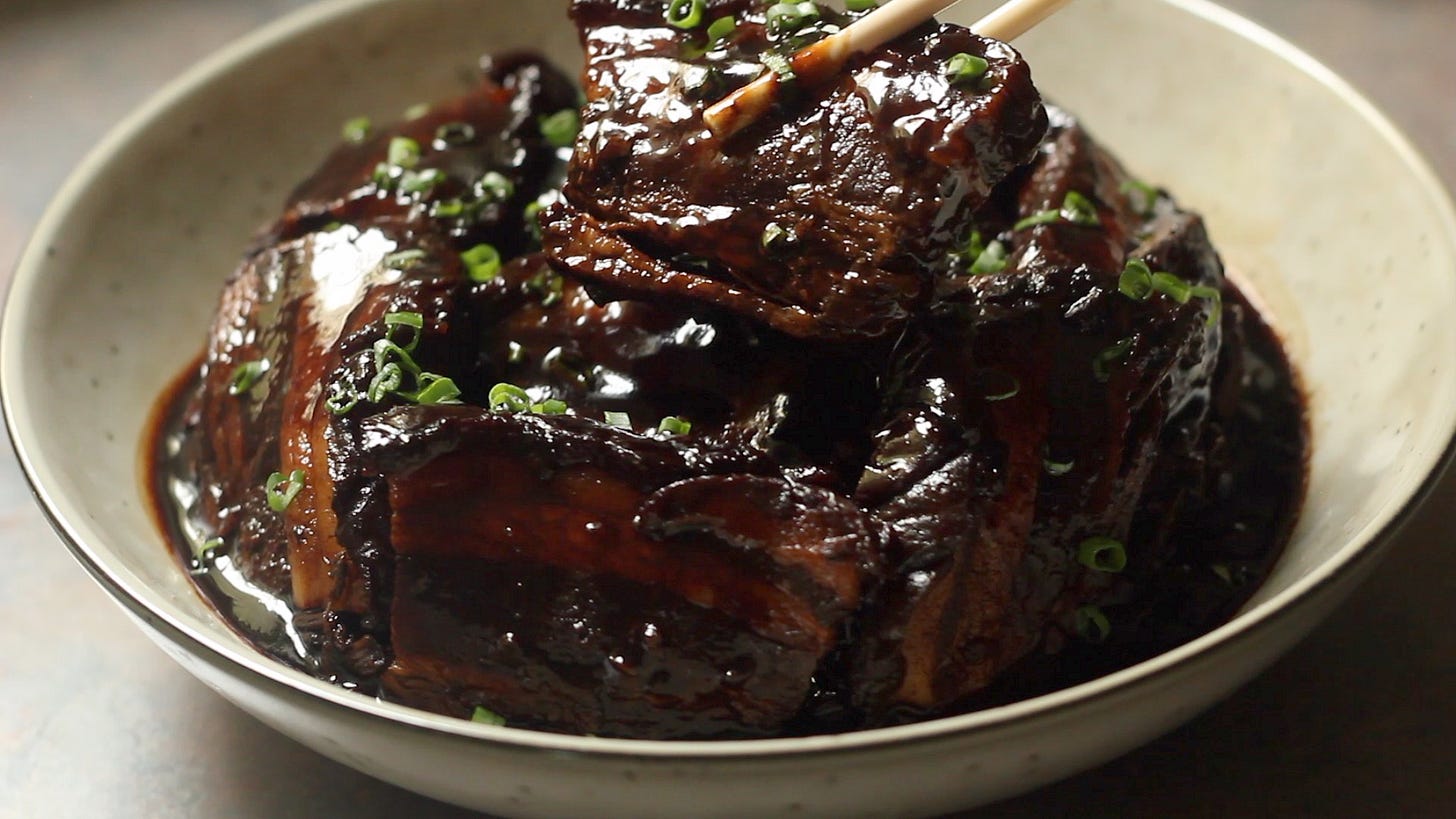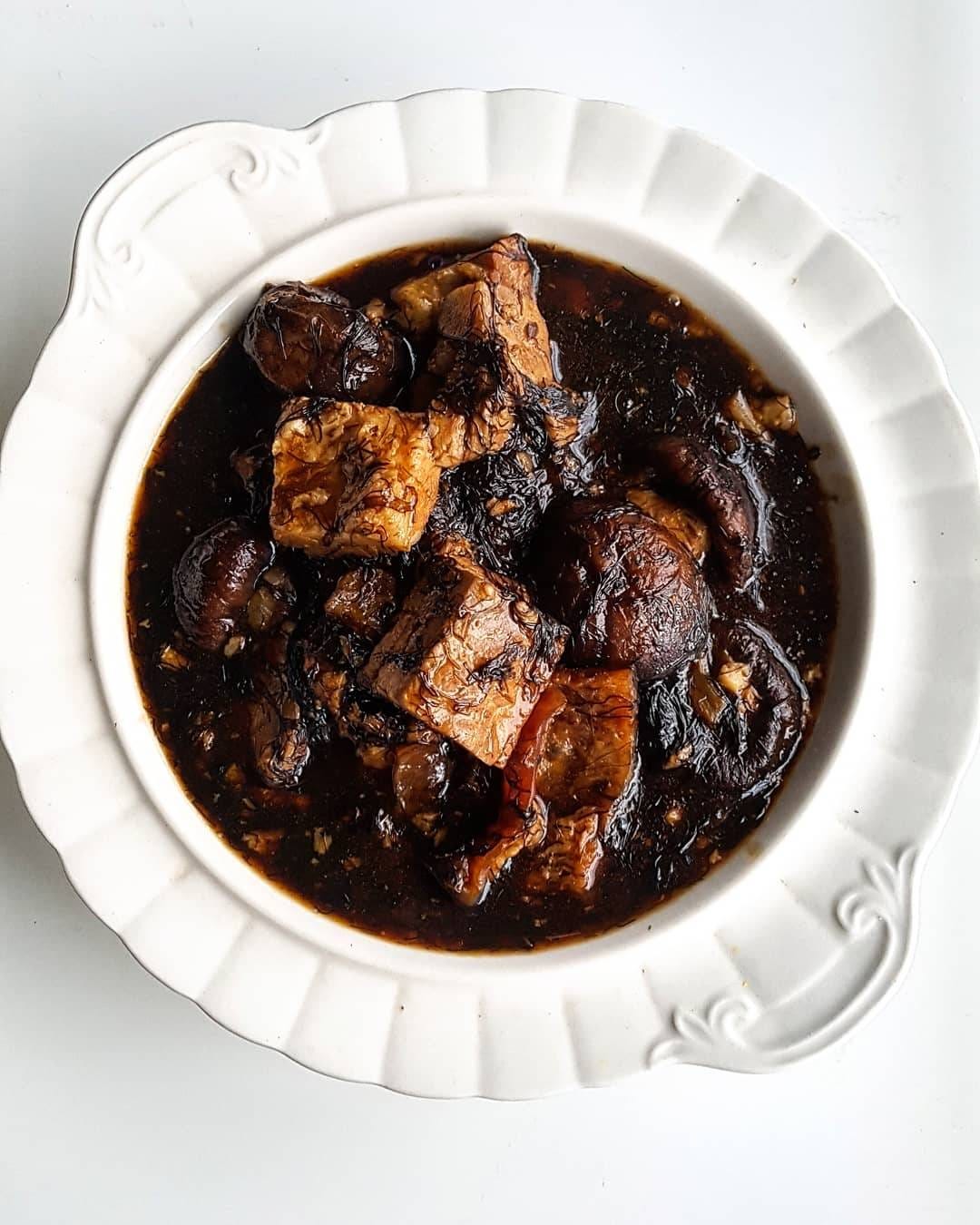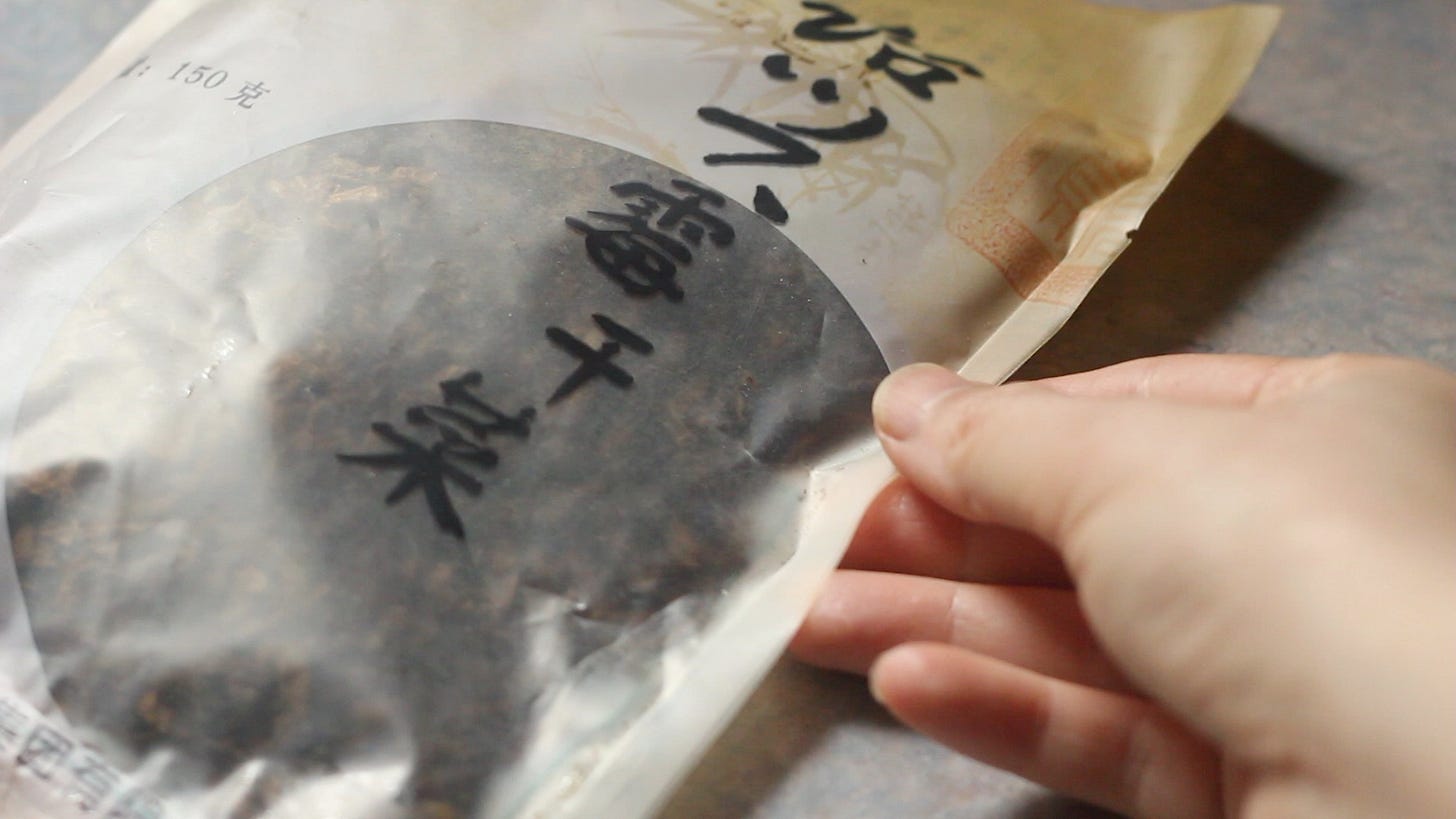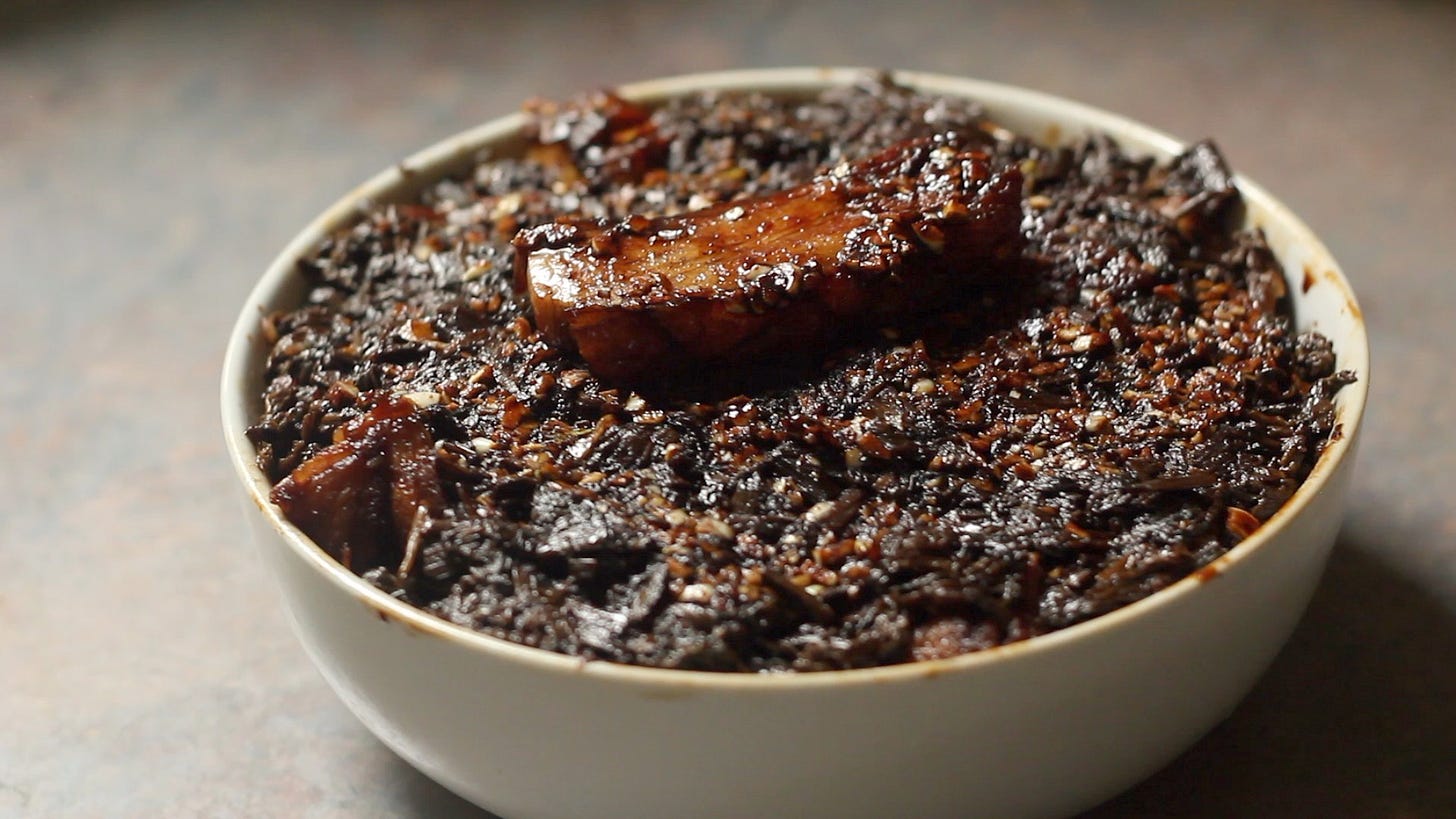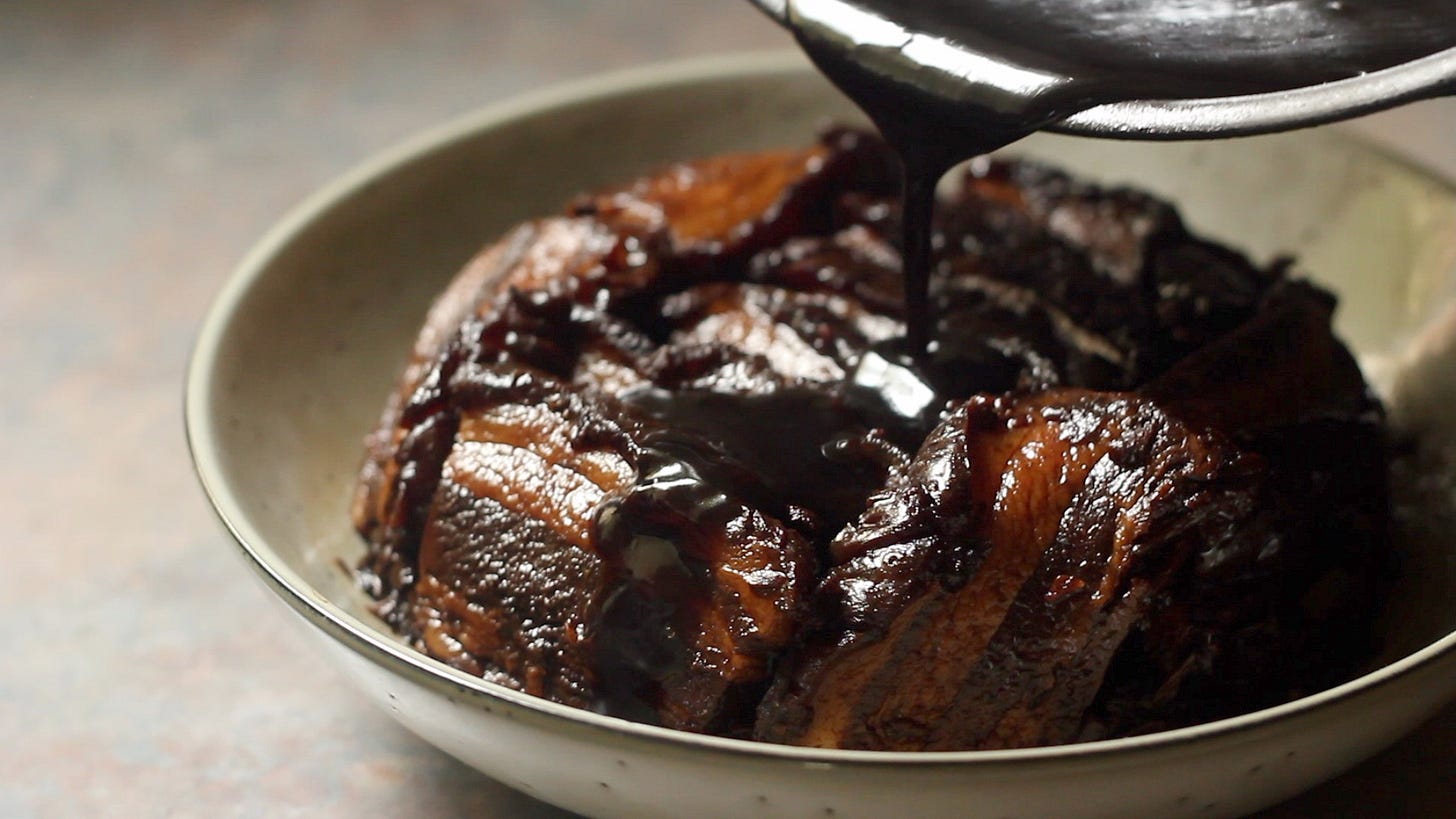Chinese New Year is coming up in two weeks and, already, I’m starting to think about my menu this year. It is likely just Wex and I celebrating at home, and it can be very tempting to not cook anything special, but I know better.
Chinese New Year was always a hectic time in Singapore, and frankly I really hated it growing up - buying new clothes just for the sake of tradition, reciting Chinese idioms in exchange for angbaos, visiting distant relatives/ family friends and having to make polite small talk for hours… and then when you start dating and get married, the obligations double. The only thing that made it fun for an introvert like me was probably the endless rounds of mahjong and blackjack, and the food.
When I moved to Melbourne and was spending my first Chinese New Year away from Singapore, I was really quite relieved. I decided that it would be just like any other day. I would spend lunch out at a Chinese restaurant with a friend, and when I got home, we’d have a regular home-cooked dinner.
The thing about Melbourne, though, is that, even with a sizeable Chinese population here, the food that Chinese restaurants serve aren’t very diverse. It is mostly of the numbingly hot and strongly flavoured variety (mapo tofu, fish fragrant eggplant, mouth-watering chicken etc). Nothing like the subtle, delicate dishes that my mom cooked or the eateries we used to frequent served. The lunch left me even more homesick, and by nighttime I was literally in tears looking at the food people back home were eating and posting on social media.
Since that first Chinese New Year experience, I’ve made it a point to cook something special and reminiscent of home each year. Once, I made chicken stuffed with glutinous rice. Another year, it was roast pork belly stewed with dried shiitake mushrooms and fattchoy (recipe below). As I was thinking of festive dishes recently, one came to mind - moi choi kiu nguik, a Hakka dish more commonly known by its Cantonese name ‘mui choy kau yoke’.
Until recently, the Chinese diet consisted largely of grains, legumes, and other vegetables. Meat and poultry were generally enjoyed exclusively by the wealthy, and dairy products rarely eaten. In my mind, this used to be some obscure history tidbit, only applicable to people living centuries ago in China. However, in chats with Singaporeans not much older than myself, it is quite amazing to hear stories of meat being eaten very rarely because people simply could not afford it (Shen Tan talks about it in this podcast episode).
In the absence of animal products, people learnt to rely heavily upon preserved vegetables to make a mass of bland rice palatable. You would hear the Chinese describe dishes made with these preserves as very xia fan 下饭, good for ‘sending the rice' down.
Mui choy is also known as mei cai 霉菜 or mei gan cai 霉干菜, which literally translates to ‘mouldy vegetables’ or ‘mouldy dried vegetables’. It does not refer to any one particular type of vegetable that is fermented, but a whole genre of mustard greens that are preserved in salt and sugar. During fermentation, the glucosides in the greens break down, releasing mustard oil. Upon sun-drying, the moisture within the vegetable evaporates, and the flavours get concentrated.
The uses of mui choy in a Chinese kitchen are manifold. At its simplest, it can be simmered in water to produce a vegetarian broth. It can also be used in stir-fries, as a stuffing for buns, or incorporated into steamed meat patties. These days, however, preserved vegetables are no longer as central to the diet as they once were, and are more likely to show up as a condiment with porridge, rather than be the star of a meal.
The one dish where it truly takes centrestage in is mui choy kau yoke, one of the most well-known and beloved Hakka dishes. The Hakkas are known for incorporating preserved vegetables into their dishes, and the cuisine involves stewing and braising for long durations to further enhance the flavours. Though some cooks choose to braise everything in a single pot, the traditional method of preparing this dish is to cook the pork belly and mui choy separately, and arrange them in a bowl before steaming.
The pork belly is first simmered until it is just cooked, then the skin is deep-fried to blister it. Upon soaking in water, the skin softens and adopts a signature wrinkled look known to the Chinese as ‘tiger skin’ 虎皮, which yields a delightfully spongy texture. Though you can skip this step, it does make a difference. Imagine the puffy sauce-soaked skin of chicken feet (‘phoenix claws’) that you eat at dim sum restaurants!
The pork is sliced and mixed with a flavourful sauce - there are many variations, and I suppose the addition of fermented red bean curd is traditional, but I did away with it and chose to use my kong bak bao marinade instead, which is very garlicky and fragrant with five spice.
The pork is then layered in a bowl before being topped with muichoy, and steamed until tender. By slow-cooking in an upside-down manner, where the meat is at the bottom and the mui choy is on top, the flavours of the mui choy trickle down and are absorbed by the meat.
Some families also deep-fry sliced taro and tuck them in between the meat slices, the taro serving to absorb some of the fat from the pork belly as it steams. I did this once for Chinese New Year, coating the taro and pork with a more traditional red fermented tofu sauce before steaming. Either way, here’s a little trick that I employ that I’ve not seen anyone doing: I like to place a small, sacrificial piece of pork on top of the mui choy so that you can test the doneness of the meat without having to mess up the aesthetics of the dish.
Then comes what is probably the most exciting part of the process - the unveiling. This step is where the dish earns the word ‘kau’ 扣 in its name; it means to turn upside down, referring to the way the dish is inverted onto a plate to serve. (This is why one-pot versions of this dish are not ‘mui choy kau yoke’ in the truest sense of the word.) I thicken the juices from the bowl with cornstarch and drizzle that all over the pork, because you know how much I love food that’s glazed ✨
The rich umami flavours beg to be carried by something blander like rice, porridge, or lotus leaf buns. I chose to serve mine with Teochew muay and it was just heaven. Every time I make this dish, I regret not making more because it only gets better with age and I can’t imagine anyone not liking this. Wex was hesitant when I picked up the preserved vegetables from the Asian grocer, saying that he doesn’t like it. But by the end of it, we were both eating so much that he had to get up and pack a portion into a takeaway so he could have it the next day.
I’m hoping that this dish makes it onto your table (even if it’s not for Chinese New Year), as it really is such an underrated gem that more people should be cooking and enjoying!
Mui choy kau yoke
Feeds 4




